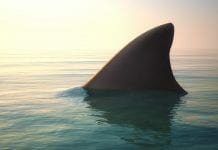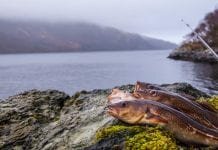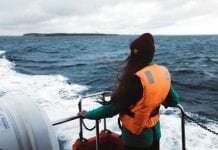
The UK government has hailed the record-breaking success of an Environment Agency fish restocking scheme, which boosts fish populations in the wild.
According to the most recent statistics, the Environment Agency fish restocking scheme increased the volume of fish it produced in 2017 by 50%. In total, the scheme produced a total of 9 tonnes of strong, healthy fish at the Environment Agency’s National Coarse Fish Farm near Calverton, UK, compared to 6 tonnes in 2016.
A total of 358,552 fish were bred at the farm in 2017, with the average size and quality of each fish also increasing compared to previous years, demonstrating continued improvement of the operation of the scheme.
What is the purpose of the scheme?
The farm in Calverton breeds fish and larvae as part of a restocking scheme, before introducing them back into the wild in areas where fish populations are limited. This can be necessary for any number of reasons, including:
- Supporting resident populations in areas with poor levels of natural reproduction;
- Replacing fish stocks lost to pollution, habitat changes or water quality fluctuations; and
- Helping to create fisheries in areas where there is a shortage of fish populations.
In 2017 alone, the Environment Agency fish restocking scheme stocked out more than 6 million advanced reared larvae into the wild, to support all of these aims and to help natural fish populations become more self-sustainable in the future.
A total of nine different fish species were restocked as part of the farm’s programme in 2017, including Grayling, Roach, Bream and Crucian carp.
What has the Environment Agency said?
Kevin Austin, deputy director for agriculture, fisheries and the natural environment at the Environment Agency, explained that the scheme is supported by fishing revenues, and thereby helping to build a more sustainable fishing system.
He said: “The work of Calverton fish farm is funded by income from fishing licence fees so it’s great to see it continuing its work producing the healthy fish needed for recovery and re-stocking.”


















